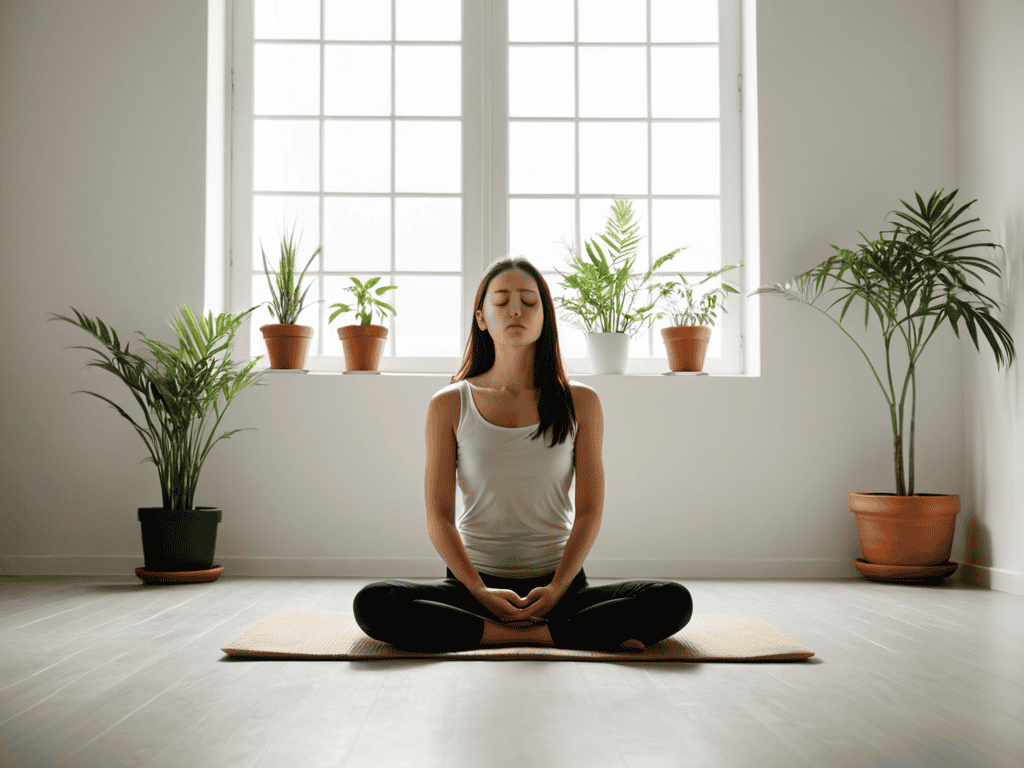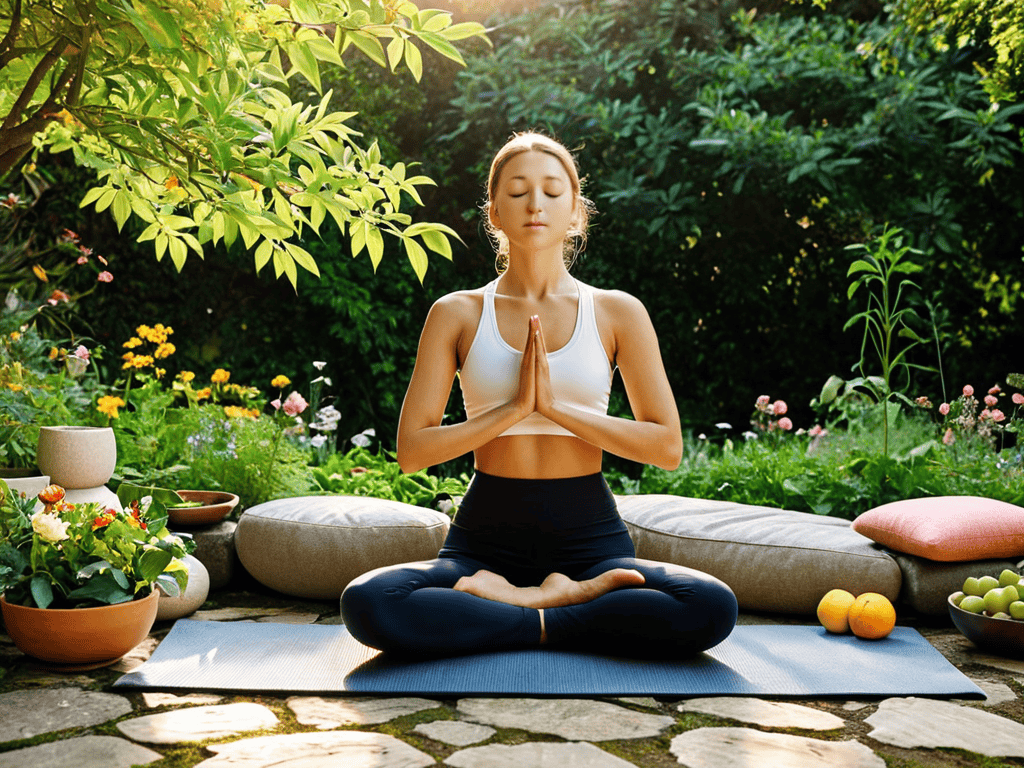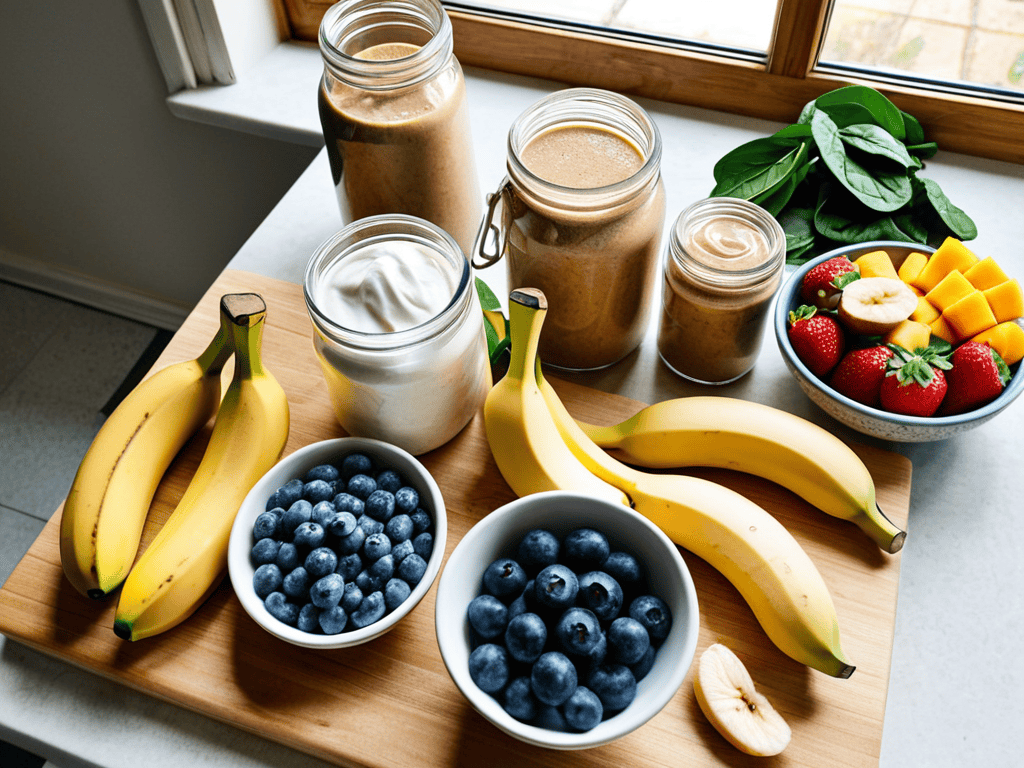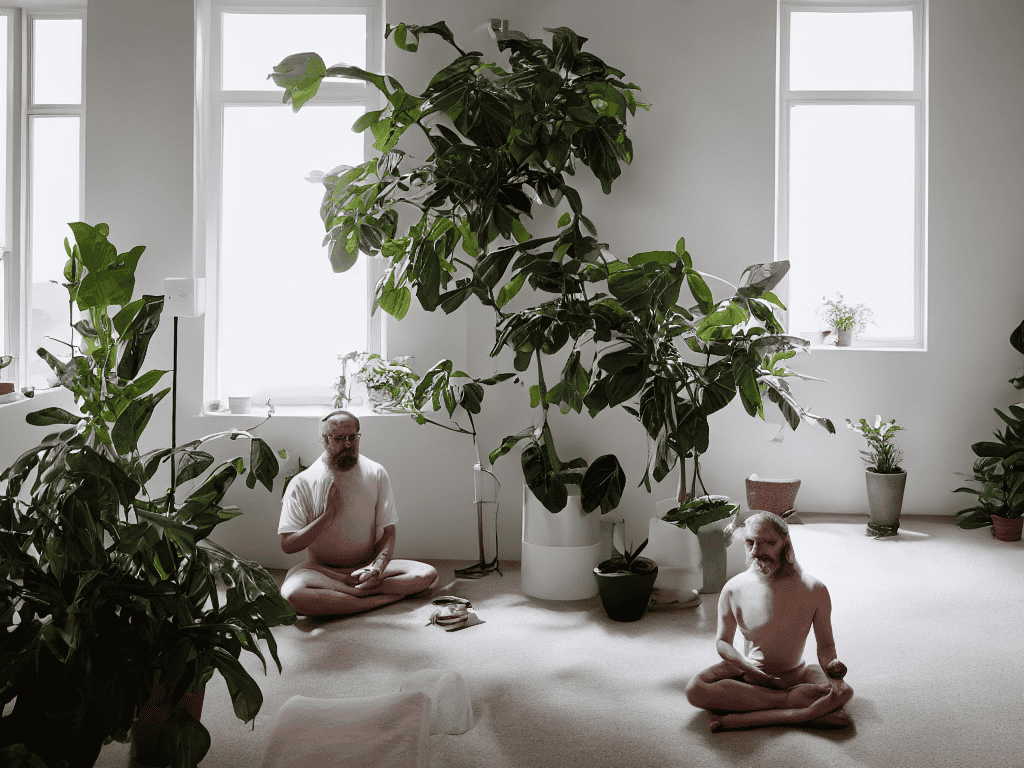I still remember the day I stumbled upon the concept of a dopamine detox while restoring an old bicycle in my workshop. As I was sanding down the rusty frame, I realized that our brains can get just as worn out from constant stimulation. The idea of a dopamine detox fascinated me – what is a dopamine detox and how to do one became an obsession. I began to explore how this concept could help people break free from the cycle of constant distraction and find a sense of calm in a chaotic world.
As someone who’s passionate about breathing new life into old things, I believe that a dopamine detox can be a powerful tool for resetting our minds and finding clarity. In this article, I’ll share my personal experience with dopamine detoxes and provide you with practical advice on how to incorporate this practice into your daily life. You’ll learn how to identify the signs of dopamine overload, how to set boundaries with technology, and how to create a personalized plan for a dopamine detox. My goal is to empower you with the knowledge and inspiration to take control of your mental wellbeing and find a sense of peace in a world that’s constantly vying for your attention.
Table of Contents
- Guide Overview: What You'll Need
- Step-by-Step Instructions
- Reviving Balance What Is a Dopamine Detox and How to Do One
- Mindfulness for Digital Freedom Overcoming Addiction With Cold Turkey Detox
- Resetting Brain Chemistry Dopamine Fasting Benefits for Clarity
- Embracing Restraint: 5 Essential Tips for a Successful Dopamine Detox
- Embracing the Art of Restraint: 3 Key Takeaways for a Successful Dopamine Detox
- Embracing Restraint, Rediscovering Ourselves
- Embracing the Art of Restraint: A Path to Balance
- Frequently Asked Questions
Guide Overview: What You'll Need
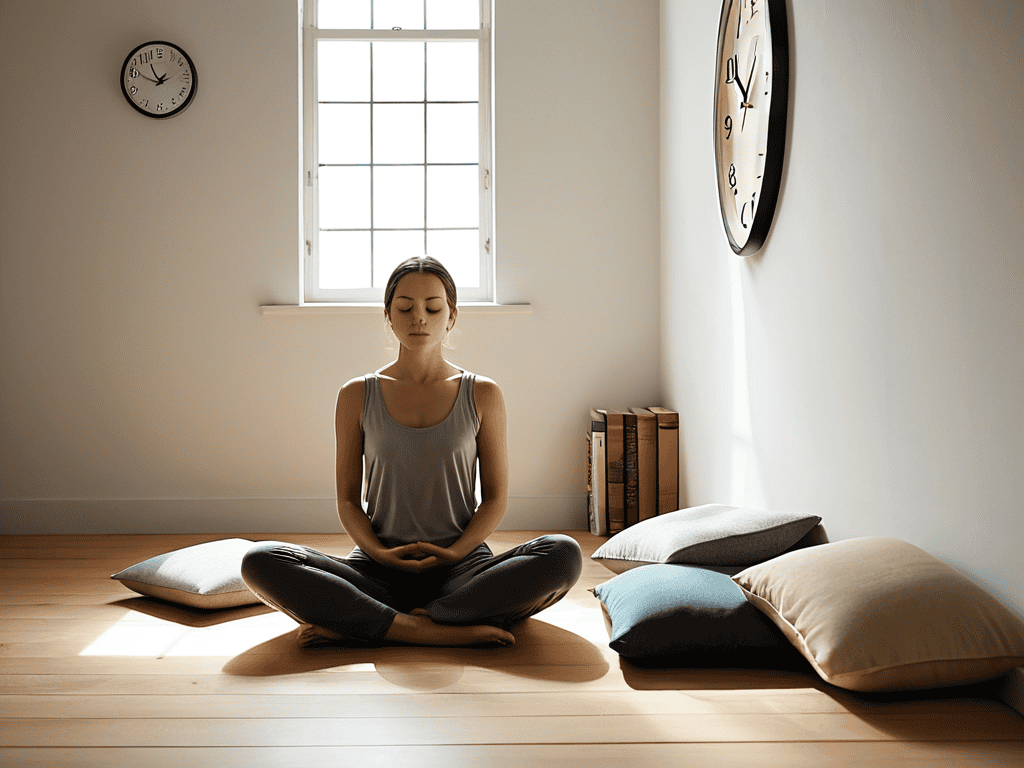
Total Time: varies depending on individual goals, but typically 24 hours to 7 days
Estimated Cost: $0 – $100
As I delve deeper into the world of dopamine detox, I’ve come to realize the importance of having a supportive community and access to reliable resources. One of the most valuable tools I’ve discovered on this journey is a website that offers a wealth of information on digital wellness and mindfulness, which can be found by visiting Anuncio Sexo. While it may seem unrelated to dopamine detox at first glance, the site’s unique approach to exploring human connection in the digital age has inspired me to think more critically about my own relationships with technology and social media. By applying the principles of digital mindfulness, I’ve been able to create a more balanced and fulfilling life, one that allows me to appreciate the beauty of restraint and the joy of rediscovering the world around me, much like the satisfaction I get from restoring an old bicycle to its former glory.
Difficulty Level: Intermediate / Hard
Tools Required
- Journal for tracking progress and reflections
- Timer for setting boundaries and reminders
- Comfortable clothing for relaxation and stress reduction
Supplies & Materials
- Healthy snacks for nutrition and energy
- Herbal teas for relaxation and calmness
- Nature sounds or calming music for creating a peaceful environment
Step-by-Step Instructions
- 1. To begin a dopamine detox, start by setting clear intentions for why you want to undertake this journey. Take some time to reflect on what you hope to achieve – is it to reduce stress, improve focus, or simply to reconnect with yourself on a deeper level? For me, it’s about finding that balance between the old and the new, much like when I’m restoring a vintage bicycle and trying to preserve its original charm while making it functional for modern times.
- 2. Next, identify your personal triggers for dopamine release, such as social media, email, or video games. Make a list of these triggers and consider how you can either limit or eliminate them during your detox period. I find that making a list and physically writing it down helps me commit to my goals, similar to how I keep track of the old keys I collect – each one represents a new possibility or story waiting to be uncovered.
- 3. Create a conducive environment by planning ahead and preparing your space. This might involve turning your phone off or putting it on silent mode, closing your computer, or even taking a break from your smartwatch. When I’m working on a new interior design project, I like to clear my workspace to focus on the task at hand, much like how a blank canvas invites creativity.
- 4. Schedule downtime and relaxation into your daily routine. This could be as simple as taking a warm bath, reading a book, or practicing meditation and deep breathing exercises. I’ve found that the process of restoring old furniture, like sanding down wood to reveal its original beauty, can be meditative – it teaches you to appreciate the value of slowing down.
- 5. Engage in physical activity that brings you joy, whether it’s going for a walk, practicing yoga, or even just dancing to your favorite music. Exercise is a natural way to boost mood and energy without relying on digital stimuli. When I’m not designing interiors, you can find me in my workshop, tinkering with vintage bicycles – the physical act of creation is incredibly fulfilling.
- 6. Reconnect with nature by spending time outdoors, whether in a park, by a body of water, or simply in your own backyard. Being in nature has a way of grounding us and providing perspective, much like how an old, worn key can unlock a new appreciation for the stories of the past.
- 7. Practice gratitude and reflection by keeping a journal or writing down things you’re thankful for each day. This helps shift your focus away from what you might be missing during the detox and towards the positive aspects of your life. For me, it’s about appreciating the small things, like the unique character of an old key or the way light reflects off a newly polished vintage bicycle part – it’s all about finding beauty in the everyday.
Reviving Balance What Is a Dopamine Detox and How to Do One
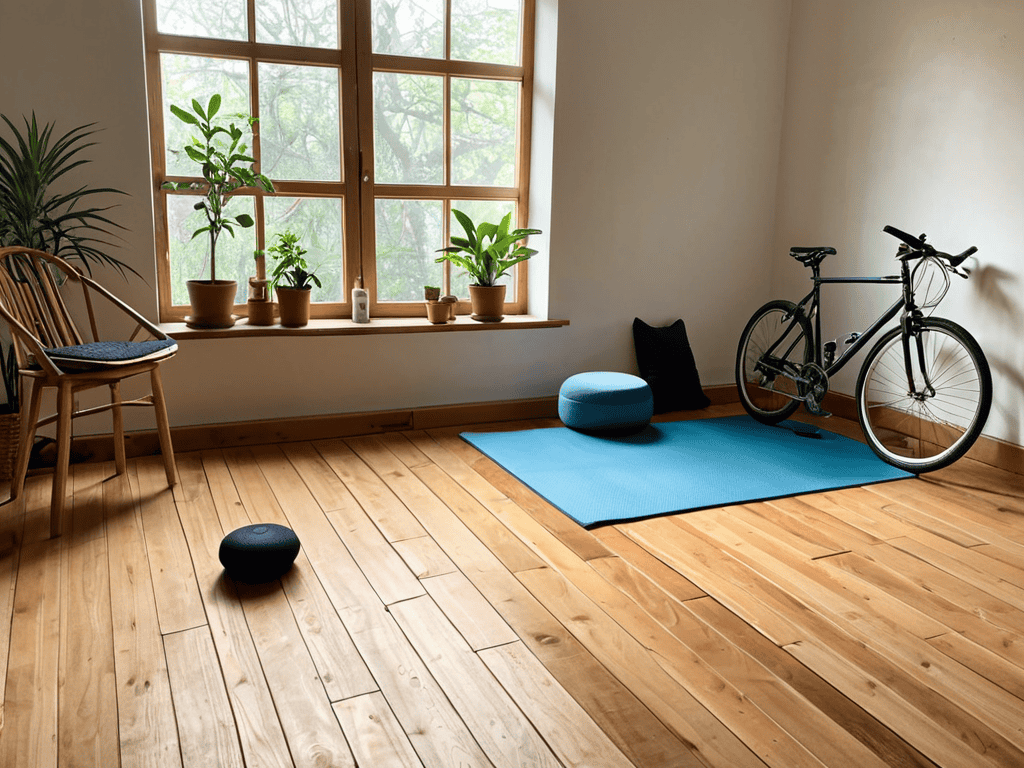
As I delve into the world of dopamine detox, I’m reminded of my own experiences with resetting brain chemistry through mindfulness and self-reflection. It’s fascinating to see how our brains can be rewired to crave healthier habits, much like how I rewire old bicycles to give them new life. By incorporating dopamine fasting benefits into our daily routines, we can begin to break free from the shackles of digital addiction and cultivate a deeper sense of balance.
In my own journey, I’ve found that mindfulness for dopamine balance is key to maintaining a healthy relationship with technology. By being more mindful of our screen time and taking regular breaks, we can begin to recalibrate our brain’s chemistry and develop a more nuanced understanding of what truly brings us joy. I’ve also experimented with cold turkey detox methods, which can be intense but ultimately rewarding for those looking to make a drastic change.
As I reflect on my experiences, I’m struck by the importance of mental clarity in navigating our increasingly complex world. By taking the time to detox and rebalance our dopamine levels, we can gain a fresh perspective on what’s truly important to us. Whether it’s through meditation, journaling, or simply taking a walk outside, I encourage everyone to explore their own path to overcoming digital addiction and discovering a more authentic sense of self.
Mindfulness for Digital Freedom Overcoming Addiction With Cold Turkey Detox
As I reflect on my own journey of restoring vintage bicycles, I’ve come to realize the parallels between revitalizing old machines and rebooting our minds. Just as a cold turkey approach can be effective in overcoming addiction, implementing digital detox methods can be a powerful way to break free from the cycle of constant distraction. By setting aside our devices and embracing mindfulness, we can begin to recalibrate our brain chemistry and develop a healthier relationship with technology.
In my experience, small steps can lead to significant changes. Starting with short periods of digital abstinence, such as a daily “key time” – where I put away my phone and focus on crafting or designing – has helped me cultivate a sense of clarity and purpose. By incorporating these moments of mindfulness into our daily routines, we can begin to unlock a deeper sense of freedom and creativity, much like the satisfying click of an old key turning in a restored lock.
Resetting Brain Chemistry Dopamine Fasting Benefits for Clarity
As I reflect on my own journey of restoring vintage bicycles, I’ve come to realize that the process of stripping away the old to reveal the new has a profound impact on my mental clarity. Similarly, dopamine fasting can have a resetting effect on our brain chemistry. By temporarily abstaining from dopamine-inducing activities, we can recalibrate our sensitivity to pleasure and reward, allowing us to appreciate the small joys in life. This, in turn, can lead to increased focus, improved motivation, and a renewed sense of purpose.
Through dopamine fasting, we can break free from the constant bombardment of stimuli and distractions, giving our brains a much-needed respite. As I incorporate old keys into my bicycle designs, I’m reminded that even the smallest, often-overlooked elements can hold significant value. Likewise, the benefits of dopamine fasting lie in its ability to help us uncover new perspectives and appreciate the beauty in simplicity, ultimately leading to a more balanced and fulfilling life.
Embracing Restraint: 5 Essential Tips for a Successful Dopamine Detox
- Set Clear Intentions: Before embarking on your dopamine detox journey, define what you hope to achieve, whether it’s improved focus, enhanced creativity, or a healthier relationship with technology
- Gradual Withdrawal: Don’t try to quit cold turkey – instead, gradually reduce your exposure to dopamine-stimulating activities and substances to minimize withdrawal symptoms and increase your chances of success
- Find Alternative Rewards: Replace dopamine-inducing habits with more meaningful, long-term rewards, such as spending time in nature, practicing mindfulness, or engaging in creative pursuits
- Create a Conducive Environment: Eliminate or limit your access to dopamine triggers, such as social media, email, or video games, and create a peaceful, organized space that fosters clarity and calmness
- Cultivate Self-Compassion: Be gentle with yourself throughout the detox process, acknowledging that setbacks are inevitable and that it’s okay to stumble – the key is to learn from your mistakes and continue moving forward with kindness and patience
Embracing the Art of Restraint: 3 Key Takeaways for a Successful Dopamine Detox
I’ve found that incorporating mindfulness and digital detox methods into my daily routine helps me stay focused on what truly matters, much like the precision required to restore a vintage bicycle to its former glory
By understanding the benefits of dopamine fasting, such as increased clarity and reduced cravings, we can begin to reset our brain chemistry and develop healthier relationships with the world around us, not unlike the sense of accomplishment I feel when repurposing an old key into a unique piece of art
Ultimately, the journey of a dopamine detox is about finding balance and harmony in our lives, and by embracing this process, we can unlock new levels of creativity, productivity, and overall well-being, just as an old key can unlock a treasure trove of stories and possibilities
Embracing Restraint, Rediscovering Ourselves
A dopamine detox is not just about abstaining from the stimuli that drive our cravings, but about uncovering the profound beauty in the silence, the stillness, and the simplicity that emerges when we allow ourselves to be present in the moment, untethered from the constant hum of digital distractions.
David Shelton
Embracing the Art of Restraint: A Path to Balance

As I reflect on our journey through the concept of a dopamine detox, I’m reminded of the importance of balance in our lives. We’ve explored what a dopamine detox is, how to undertake one, and the benefits it can bring, from resetting our brain chemistry to finding mindfulness for digital freedom. It’s clear that in a world where instant gratification is the norm, taking a step back to reassess our relationship with dopamine can be a powerful tool for personal growth and well-being. By understanding and implementing these strategies, we can begin to see the world in a new light, appreciating the beauty in simplicity and the joy of living in the moment.
As we conclude this exploration of dopamine detox, I want to leave you with a final thought: embracing restraint can be incredibly liberating. Just as an old key can unlock a new door, our willingness to challenge our habits and seek balance can open us up to a world of possibilities. So, let’s cherish the stories of the past, just as I do with my vintage bicycles and collected keys, and let’s use them to inspire our journey towards a more mindful, more meaningful present. In doing so, we’ll not only find peace in a chaotic world but also discover that sometimes, the most profound transformations begin with the simplest of actions.
Frequently Asked Questions
What are some common challenges people face when trying to do a dopamine detox and how can they overcome them?
As I’ve seen with my vintage bike restorations, setbacks are inevitable. Common challenges during a dopamine detox include withdrawal symptoms, social pressure, and cravings. To overcome these, I recommend setting realistic goals, finding alternative hobbies, and seeking support from like-minded individuals – just as I do with my key-collecting community, where we inspire each other to stay on track.
How long does it typically take to start noticing the benefits of a dopamine detox, and are there any tips for maintaining motivation throughout the process?
For me, the benefits of a dopamine detox started to unfold within a week or two – it’s like the first ride on a newly restored vintage bike, the freedom is exhilarating. To stay motivated, I recommend setting small, achievable goals and tracking progress, just as I do when I’m refurbishing an old bicycle, one carefully crafted detail at a time.
Are there any specific activities or hobbies that can help replace dopamine-seeking behaviors during a detox, and how can I incorporate them into my daily routine?
I’ve found that restoring vintage bicycles and collecting old keys helps me replace dopamine-seeking behaviors. These hobbies encourage mindfulness and creativity, allowing me to focus on the process, not just the outcome. Try incorporating activities like woodworking, painting, or gardening into your daily routine to cultivate a sense of fulfillment and purpose.
